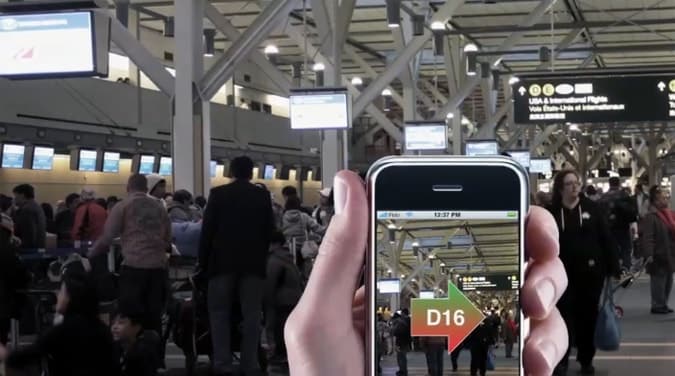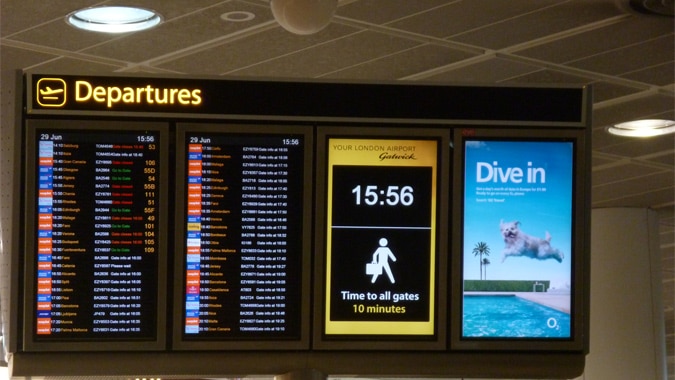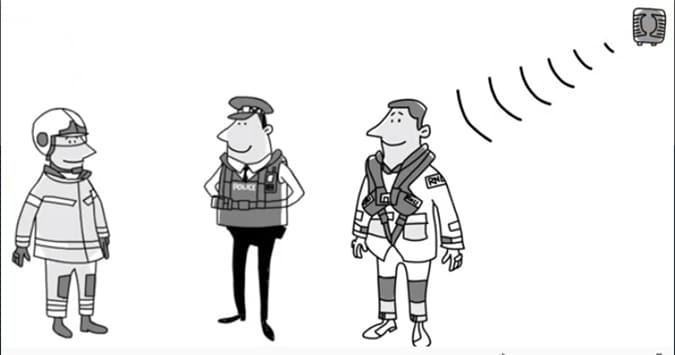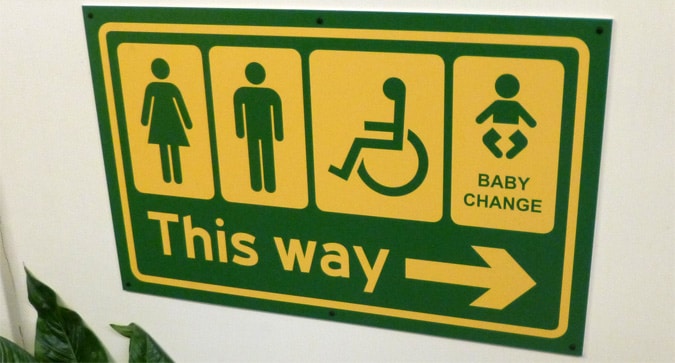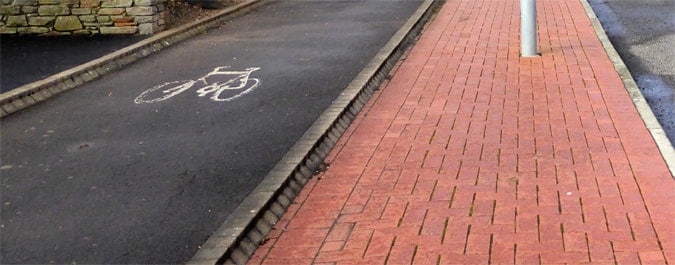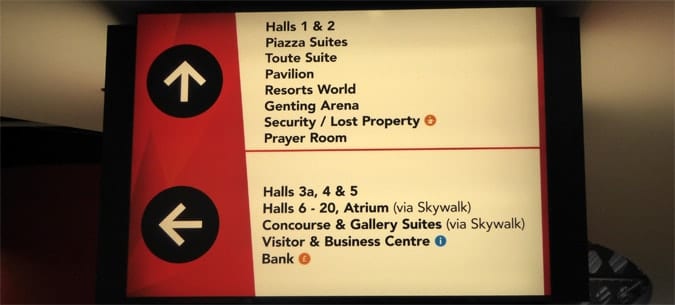Last Updated on October 3, 2023
If you are new to wayfinding and not familiar with the different technologies, trying to start planning a wayfinding system can be quite overwhelming and a difficult task. So in this post, I am going to go through many of the latest digital wayfinding technology to give you an introduction to getting you started. Here goes!
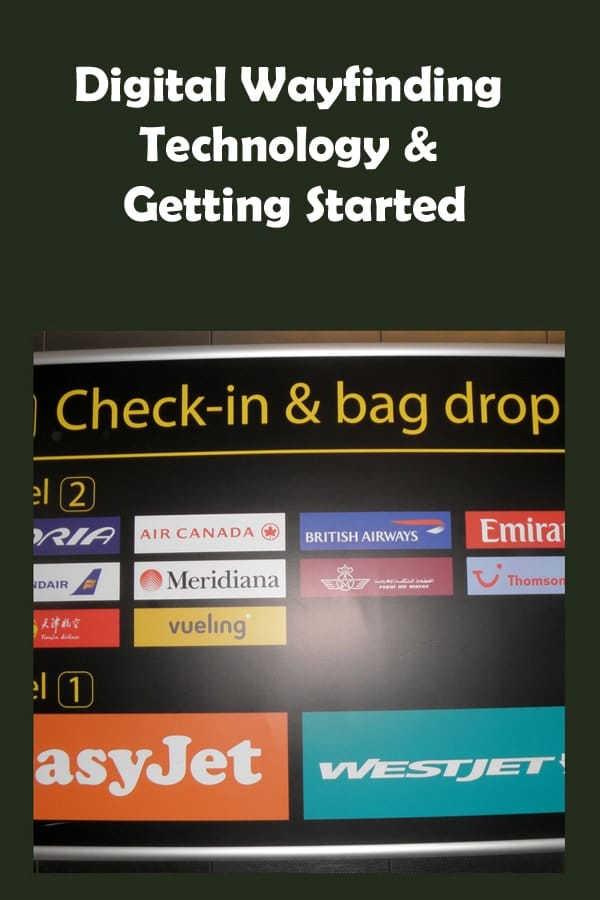
Table of Contents
Mobile Technologies
Mobile technologies in the form of stand-alone devices, mobile (cell phone) and iPad apps, and also beacons technology, are a few examples of the options now becoming widely available.
Many of you will already have some experience, for example, using Google Maps on a mobile phone to find a shop, a tourist attraction, or perhaps a certain landmark.
A wayfinding system can be complex and involve a massive budget, but it should not be assumed that what you specifically need is necessarily complex.
For navigation that takes place in outdoor environments, providing a correct post-code to those trying to find your location, can often be enough.
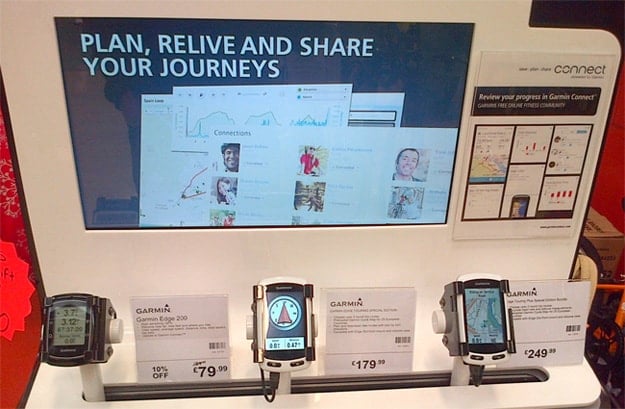
Mobile technologies though to date are far less effective in indoor environments, as opposed to outdoor environments.
The efforts to produce the first effective system for indoor GPS navigation is ongoing and difficult because many GPS signals do not work indoors.
Even when the signals can be picked up indoors, the exact location can be harder for a device to determine with indoor GPS.
It is, in other words, less exact than outdoor GPS (to date at least). Smartphones and other devices presently lack ‘Micro Location Context’.
To overcome the issue of indoor navigation and exact positioning, rather than turning to GPS, many companies have turned to iBeacons technology.
By placing a number of small beacons strategically within an indoor environment, these beacons can be used to communicate with devices such as a mobile phone or tablet, to provide you with certain information about your location.
This can be anything from your specific indoor location (such as where exactly in an airport terminal you are), to information such as the directions to the nearest coffee shop.
Solutions: If you are looking to make an indoor location an area that can be more easily navigated, using technology, then consider iBeacons.
Interactive Displays
Many of you will have used electronic interactive display boards in shopping malls, although they have up until now, been very poor, often confusing to use, and something which many people are not attracted to using.
The cruise industry, in the last year or so though, has embraced digital wayfinding technology into their newly-refurbished ships.
Royal Caribbean has installed interactive wayfinding points all around the Oasis of the Seas for example.
Personally, I am not a great fan of interactive displays for a number of reasons.
- They can normally only be used by one person at a time.
- They can often be more confusing than they are helpful i.e. once you leave the display, you can soon easily forget the instructions. A small handheld map (such as for when you are on a cruise and which you can get from reception at check-in) can often be much more effective.
Flight Information Displays
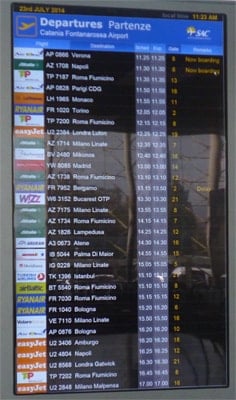
Not all digital signage needs to be interactive and in fact, it very often works better if it is not.
Digital signs in the form of ‘Information signage’ such as the arrivals or departures signs you often see in airports, can be very effective and often necessary.
These digital signs can also be extremely useful as what I like to call as ‘confirmational signage’ in that they act as a way to make a navigational experience more pleasurable, or let us say, less stressful.
To give an example, if you are walking through an airport, you will often see signage that confirms that you have arrived in a certain terminal or at a certain gate.
The great thing about having informational signage in digital format is that it means that the information displayed can normally be updated in real time from a central control base.
The only danger is when the digital signage becomes over-relied on and when there is no contingency for when they fail to work.
This might seem unlikely, but you would be surprised how many times this has happened to me lately.
Last Christmas, a power cut in Gatwick Airport, London, meant that all electronic signs froze for many hours. In Catania airport on a recent trip, a computer error also left the baggage claim area computers also frozen.
When designing any system which relies on digital technologies, I would recommend ensuring that you have contingency plans, particularly for wayfinding in a busy indoor environment such as in a hospital.
Printed maps are a surprisingly effective backup plan.
Indoor Mapping
One area that is getting increasingly competitive in wayfinding from a technology perspective is indoor mapping.
GPS which is used in outdoor environments was never intended for indoor use and this has left a vacuum of opportunity for companies to create indoor navigation solutions.
A number of companies are working on a number of solutions including Faltech which provides a solution for indoor for repeating GPS signals indoors.
This does not necessarily provide accuracy but it is ideal such as for the testing of GPS systems indoors, such as for car manufacturers.
For navigation indoors with accurate geo-location read the post on indoor mapping solutions.
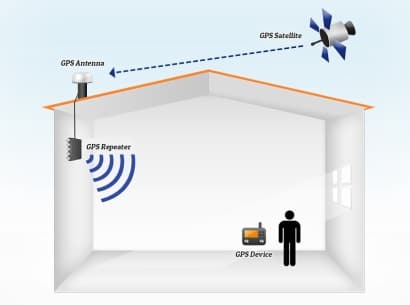
Dr Paul Symonds has a PhD in Wayfinding from Cardiff Metropolitan University in the UK. Paul works with the signage industry, airports and other locations providing wayfinding audits, consultancy and training.

